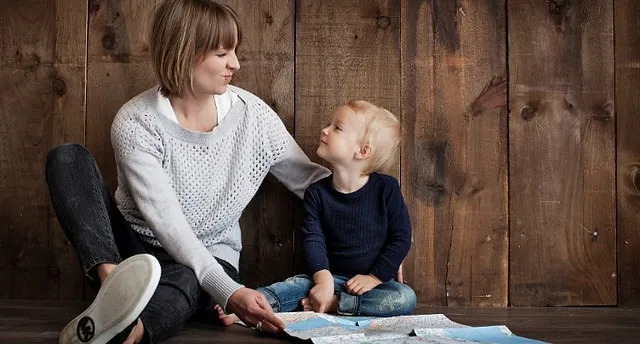
I no longer work with children, but when I did, I found that of all the skills I would teach parents, this is the one they seemed to like and use the most. Many child psychologists and parenting experts have versions of this. I learned it from one of my professors in graduate school and it has always stuck with me. It also fits very well with the major parenting models like Love and Logic and Positive Discipline.
First, please keep in mind this is NOT
-
a magic bullet for all misbehavior
-
the only thing that you’ll want to change if you’re trying to revamp your parenting strategies
-
to be followed in situations where the child is in danger or in situations where the decision to be made is far above the child’s developmental decision-making level
Instead, this is a foundation for a new way of responding to misbehavior (or children’s requests that you’re not going to be honoring). Hopefully this skill will help you have a calm, confident, consistent response for those behaviors you want to nip in the bud while instilling more ownership and emotional intelligence in your child.
So here are the steps:
A – Acceptance. This does not mean accepting the misbehavior or giving in to the request. Instead, this is where you show them you understand what’s going on with them emotionally. “I can see you’re really angry with me” or “I hear how much you want that” – you’re reflecting the emotion or desire that’s fueling the behavior. This is an important distinction because it’s important for kids to feel okay expressing unpleasant emotions. It’s the behavior (yelling or name-calling) that’s not okay with you.
B – Boundaries. The next step is setting the boundary, and it’s more than saying “no.” After you’ve identified and shown acceptance for the emotion (“I hear how much you want this toy”), you’re going to set the boundary (“but we can only afford to get one toy” or “but it’s not okay to yell at me”). You’re not just saying “no,” “stop,” or “don’t do that.” You are saying WHAT is not okay. The key is explaining the boundary (rather than just saying no) but doing it in a few words (ideally, 10 or fewer because kids stop listening the longer you talk).
C – Choice. The last step is offering a choice. Typically, the choice can be between (a) stopping the behavior and moving on or (b) having a consequence. Note the use of the word consequence, not punishment. You can read more about this distinction below. So an example might be “If you can stop calling me names, we’ll go back to playing. Otherwise we need to take a break and come back to the game when you’re feeling better.” Or, “You can choose one toy and we’ll get it, or, if you cannot pick one, we’ll need to leave and come back another time to choose.”
Putting it all together
“I can see you’re really angry with me, but it’s not okay to call me names. If you can stop calling me names, we’ll keep playing. Otherwise, we need to take a break and come back to this later.”
“I know you really want both toys, but we can only afford to get one. If you can choose one toy, then we’ll get it now. Otherwise we’ll need to come back another time to choose.”
Does this always result in 100% compliance from the child? No. This will depend on the temperament of the child, what’s being modeled around them at home and at school, and how you’ve parented in the past. If this is a 180 degree shift from the way you’ve done things before, then you’ll want to be prepared for a longer period of being VERY consistent before you start seeing less push back and more positive responses to this approach. But if you’re persistent, and if you’re working to address all areas of health in your relationship with your child, then this skill should make a huge difference.
A note about consequences vs. punishments: A punishment can be seen as a way to make a child feel bad or afraid for what they did with the hope that they’ll feel guilty or fearful enough not to do it again in the future. A consequence is intended to teach children that certain actions lead to certain results. In a consequence, you are never trying to shame or blame (which tend to lead to worse behavior). Instead, you are creating the conditions for a child to make the right choice and when they don’t, they will experience the consequence (e.g., needing to leave the store without a toy since they would not make a choice between two). The focus is on the unwanted behavior and not on the child being bad.
Wishing you a good parenting week!


